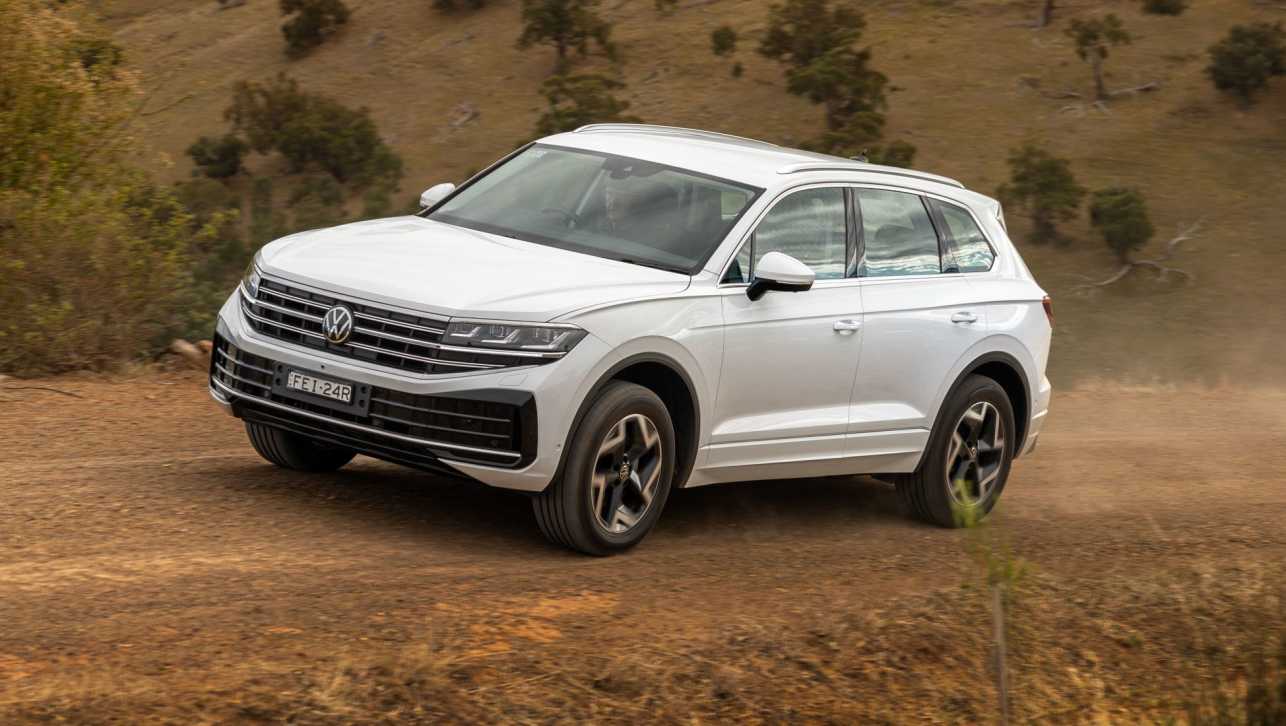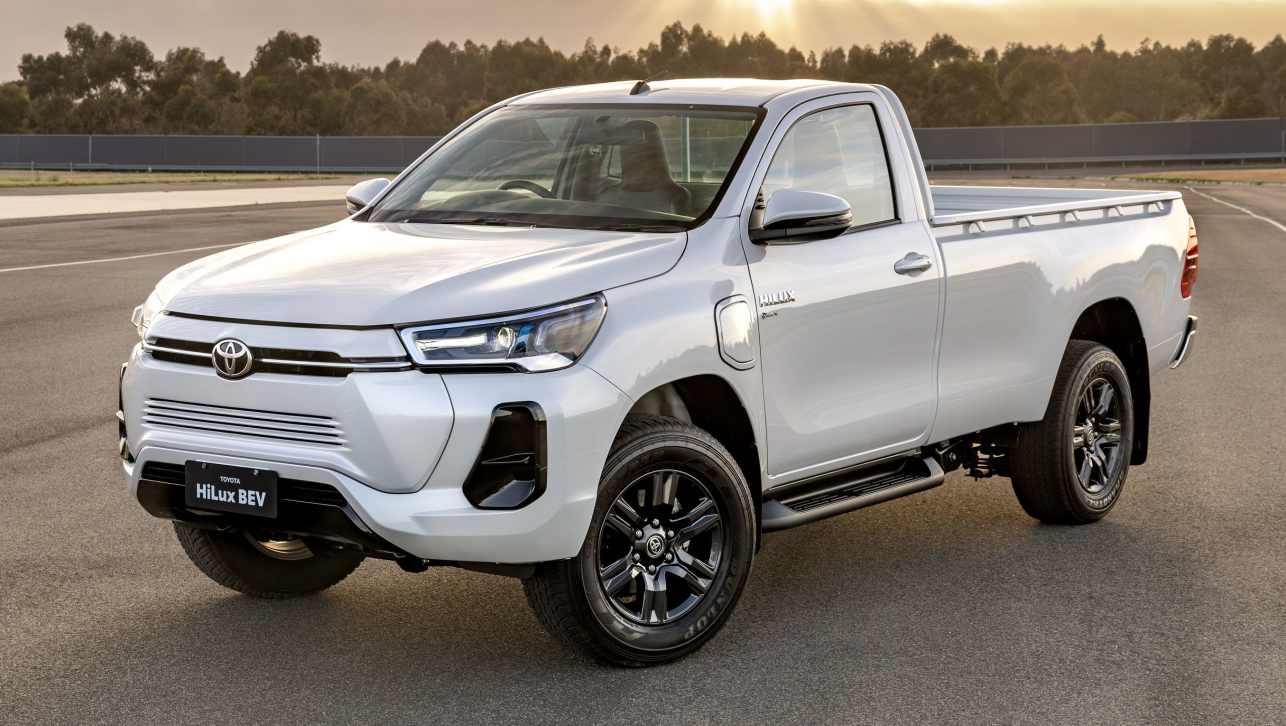If you want a Mercedes-Benz GLC 300e plug-in hybrid electric vehicle (PHEV), you’d better act quickly, because it’s about to be pulled from sale in Australia.
In an unexpected move, PHEV pioneer Mercedes-Benz is scaling back on the technology for this market, electing instead to ramp up full battery electric vehicle (BEV) choices going forward, as the company moves towards an eventual entirely electrified future.
Lukewarm consumer response to PHEVs generally and a propensity for buyers interested in electrification to go full BEV are the reasons cited for the decision, though of course the regular internal combustion engine versions with mild-hybrid tech will continue.
The first casualty of this new direction will be the GLC PHEV, which will not be offered with the completely redesigned, third-generation X254 GLC series when it launches in Australia next March, initially in GLC 300 4Matic mild-hybrid guise only, followed by a bevy of AMG high-performance versions.
This means the substantially improved GLC PHEV grades that are spearheading the series’ renewed assault in Europe and elsewhere will be non-starters in Australia for the foreseeable future, giving medium-sized luxury SUV rivals like the BMW X3 30e, Lexus NX 450h+, Range Rover Evoque PHEV and Volvo XC60 Recharge T8 PHEV greater breathing space in the segment.
“It’s not in our plans to introduce the new-generation GLC PHEV,” according to Mercedes-Benz Cars Australia head of media relations and brand engagement, Jerry Stamoulis, speaking to CarsGuide at the X254 launch in Spain late last month.
.jpg)
“As you know, Mercedes-Benz has been one of the pioneers of the technology in Australia, offering plug-in hybrids since early last decade in the C-Class, as well as more recently in the current (outgoing) GLC.
“But consumers are now moving to full electric, bypassing PHEV, and that’s reflected in the slow sales uptake for the GLC PHEV.”
Mr Stamoulis added that Mercedes-Benz Cars Australia is continuously building its armada of EV choices, with the EQC launched in 2019 joined by the EQA in 2021 and the EQB that sits in between this year, along with a wave of electrified passenger cars to support these electric SUVs, including the recently released EQS flagship and coming EQE large sedan.
.jpg)
“If buyers want an EV, they can now choose any number of them from Mercedes-Benz, like the EQC, EQA and new EQB instead, as well as the EQS and EQE,” he said.
What this means for Mercedes-Benz’s other PHEVs – including the A250e small cars, C300e mid-sized sedan and E300e large car – remains to be seen, though they are expected to remain on sale in Australia for the entirety of their current respective lifecycles.
Mercedes-Benz has announced a trio of GLC PHEVs for the X254 series. All use a 2.0-litre four-cylinder turbo engine in either petrol (150kW/320Nm 300e and 185kW/400Nm 400e) or diesel (145kW/440Nm 300 de) guises and are notable for their 100km-plus pure electric range due to a massively larger battery (now 31.2kWh, up from just 13.5kWh).
.jpg)
Employing the company’s latest, fourth-gen plug-in hybrid drive and a completely new permanently excited internal rotor synchronous motor, the GLC 300e has a total power/torque system output of 230kW/550Nm, can hit 100km/h from standstill in 6.7 seconds on the way to a 218km/h top speed, and offer a WLTP range of between 118km and 130km.
The latter also applies to the GLC 400e, though that is tuned for a total system power/torque output of 280kW/650Nm, for a 5.6s 0-100km/h dash and 237km/h top speed.
Finally, the GLC 300 de turbo-diesel PHEV offers a slightly smaller WLTP range (112-128km), a total power/torque system output of 245kW/750Nm, 0-100km/h of 6.4s and a 217km/h top speed.




.jpg)
.jpg)



.jpg)


.jpg)

.jpg)
.jpg)





.jpg)
.jpg)
.jpg)

_0.jpg)
.jpg)

.jpg)


Comments